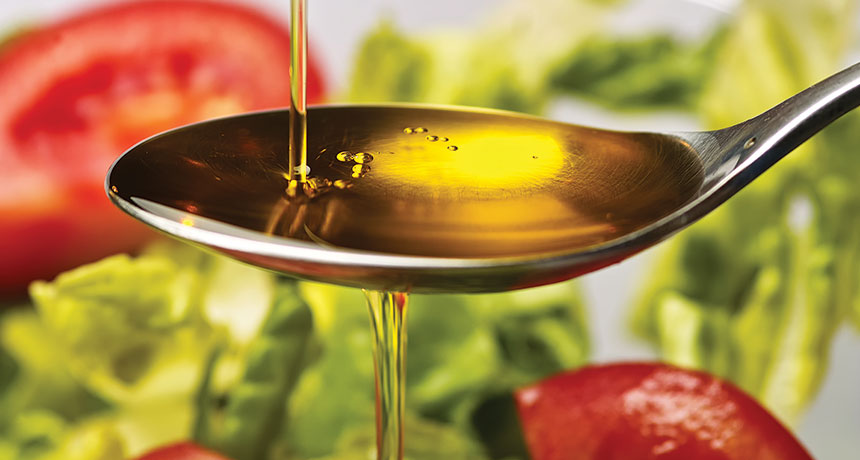The five basic tastes have sixth sibling: oleogustus
Perception of fat gets pride of place alongside sweet, salty and the others

TASTY Fats like one found in olive oil don’t just please the palate; they fall under a taste category distinct from the five well-known ones, researchers argue.
Alfred Nesswetha/Shutterstock







